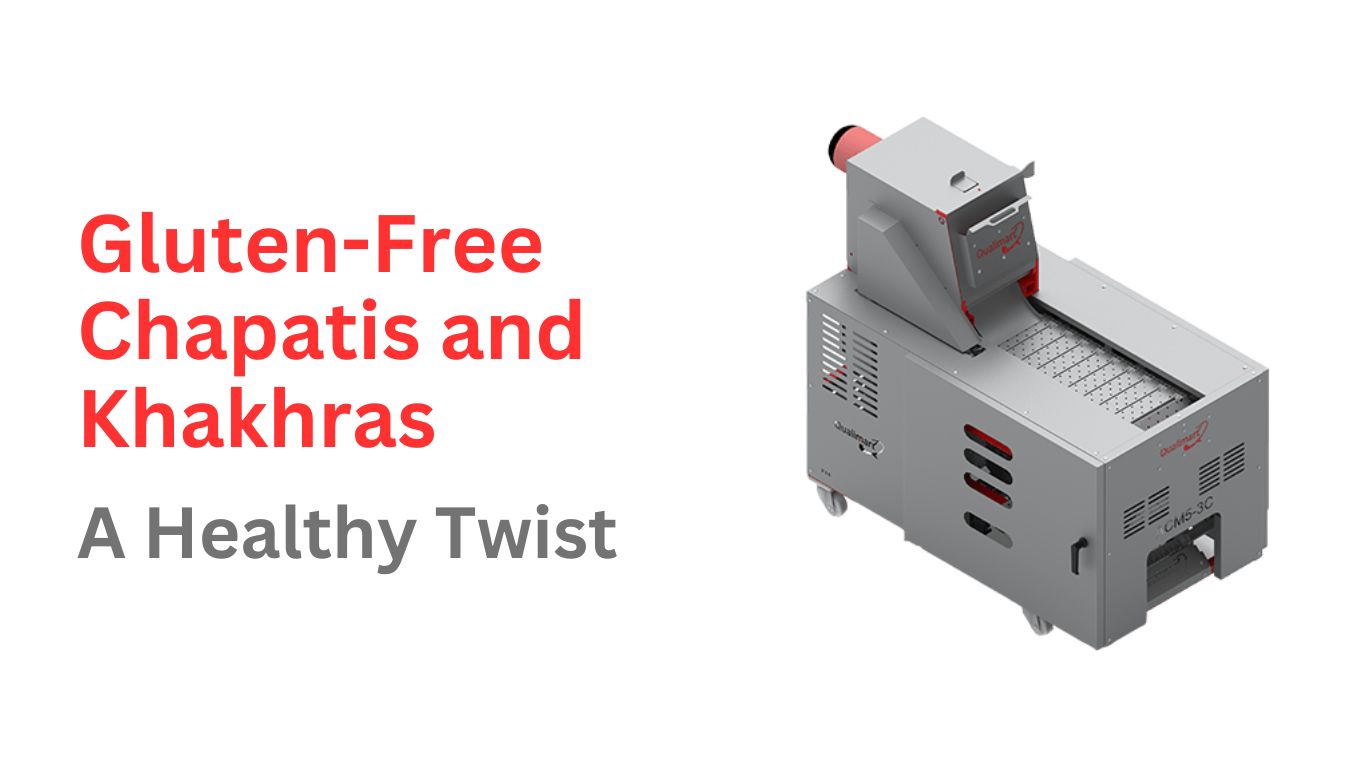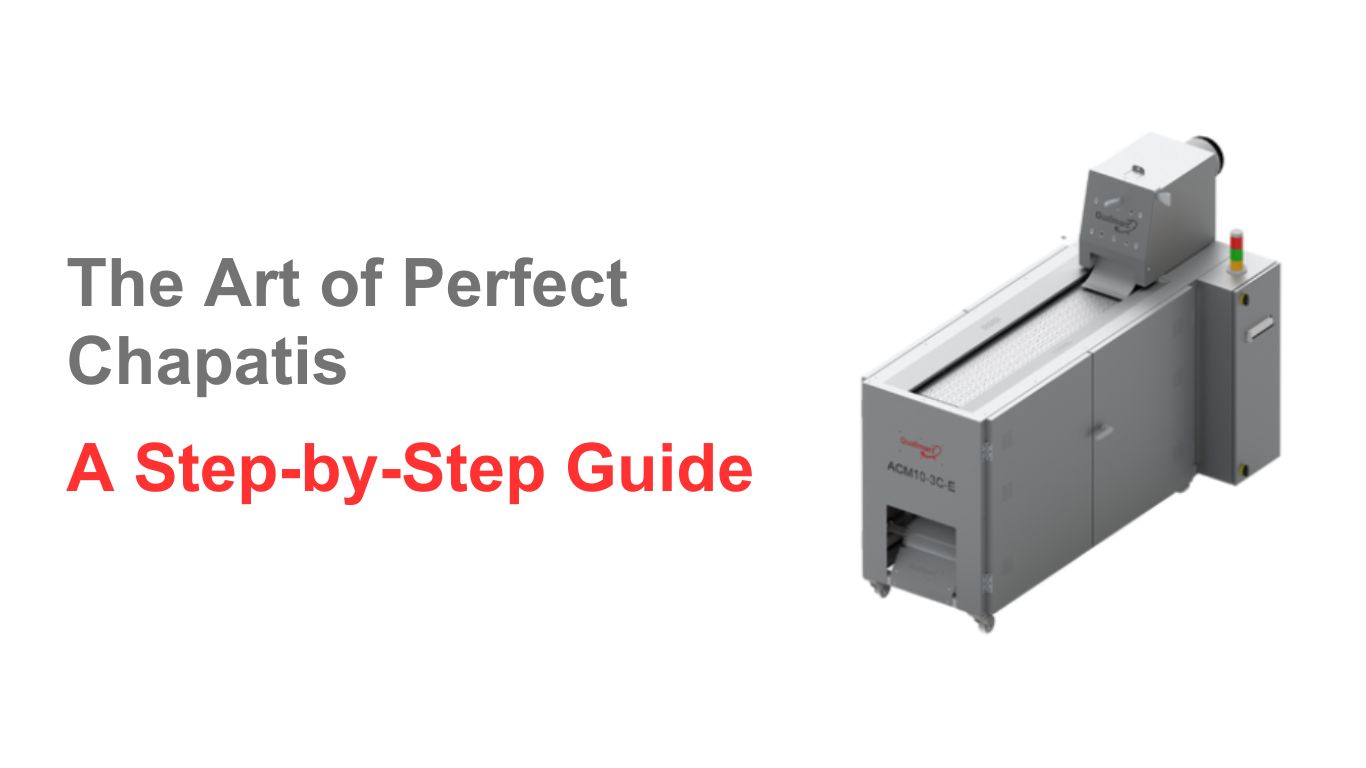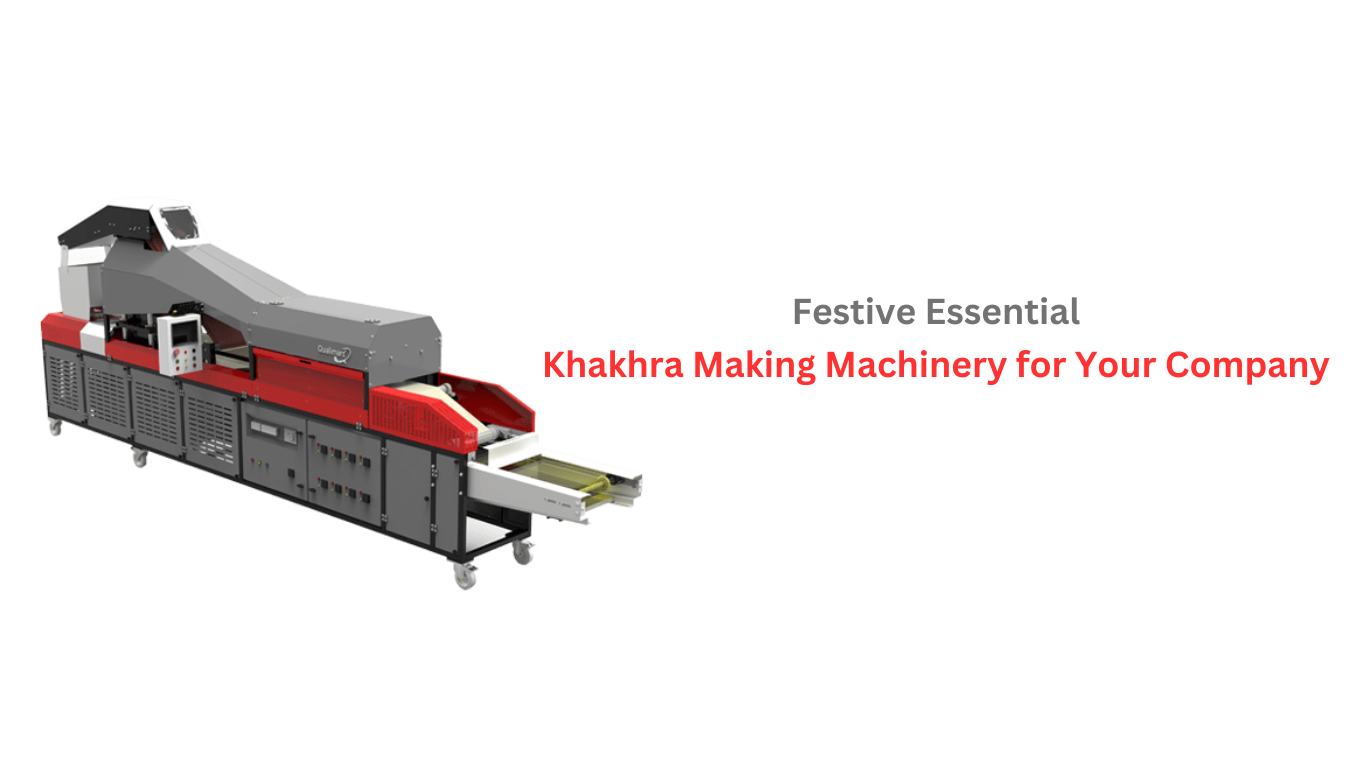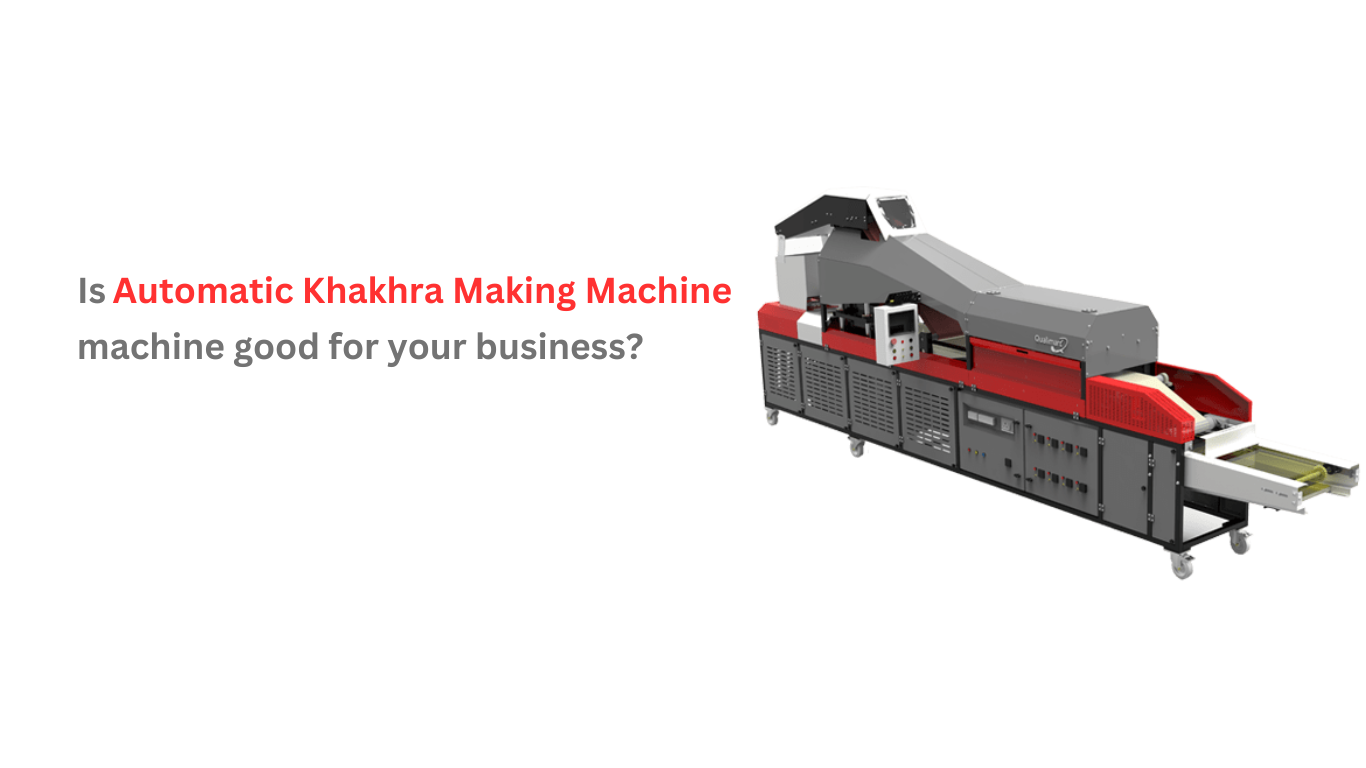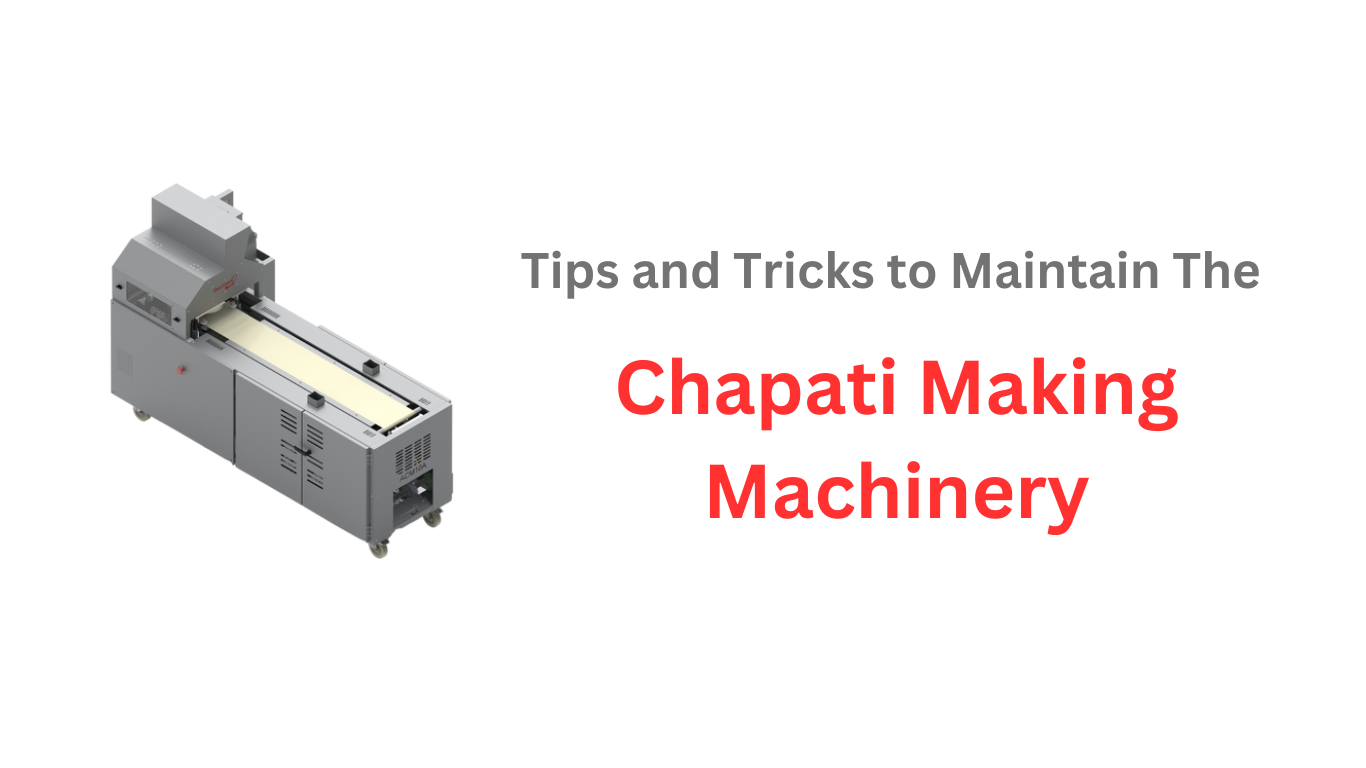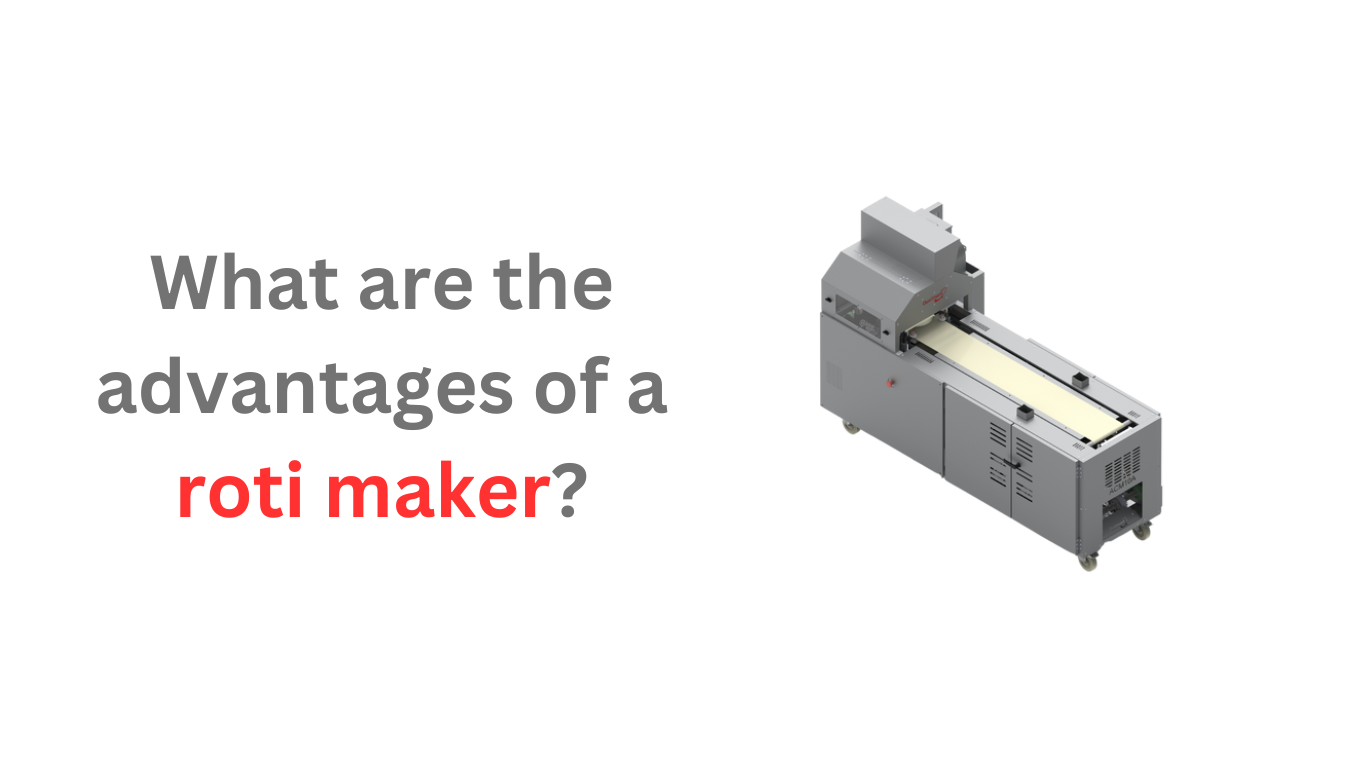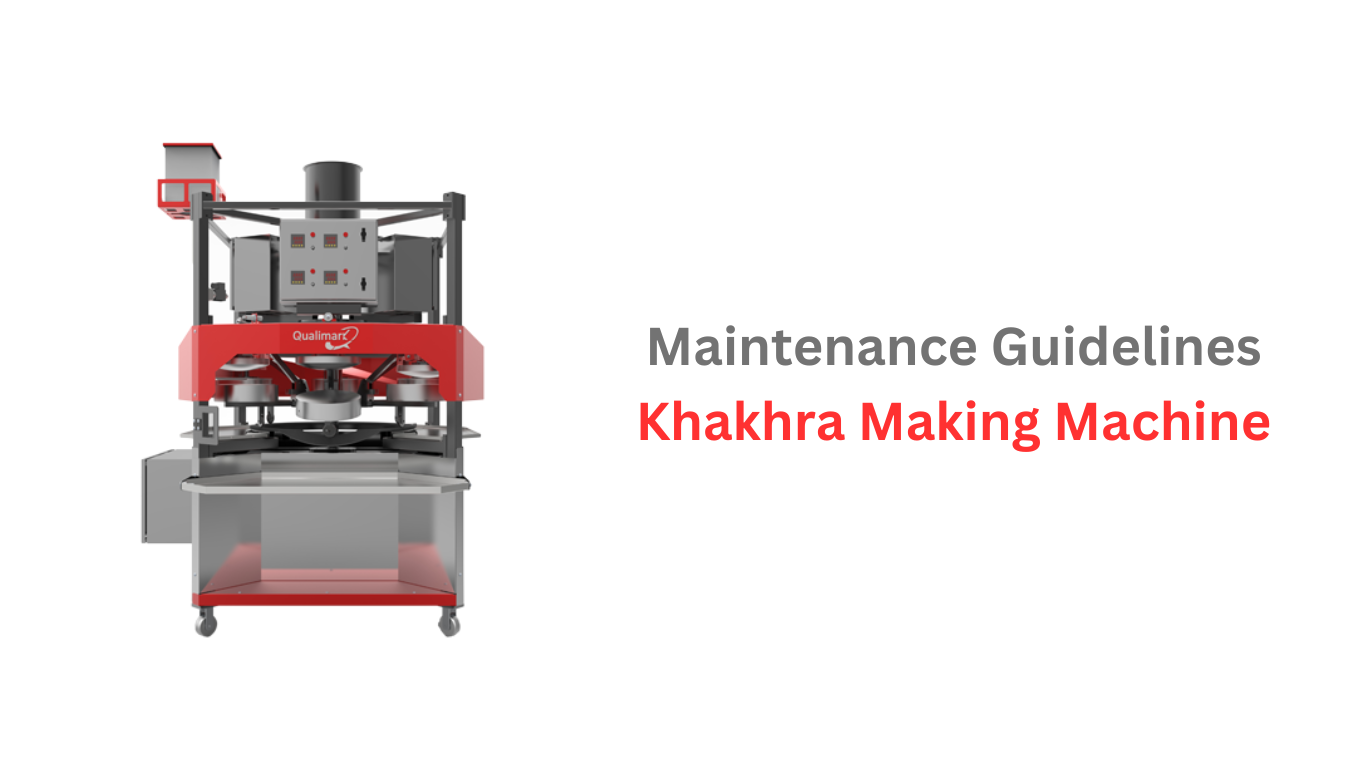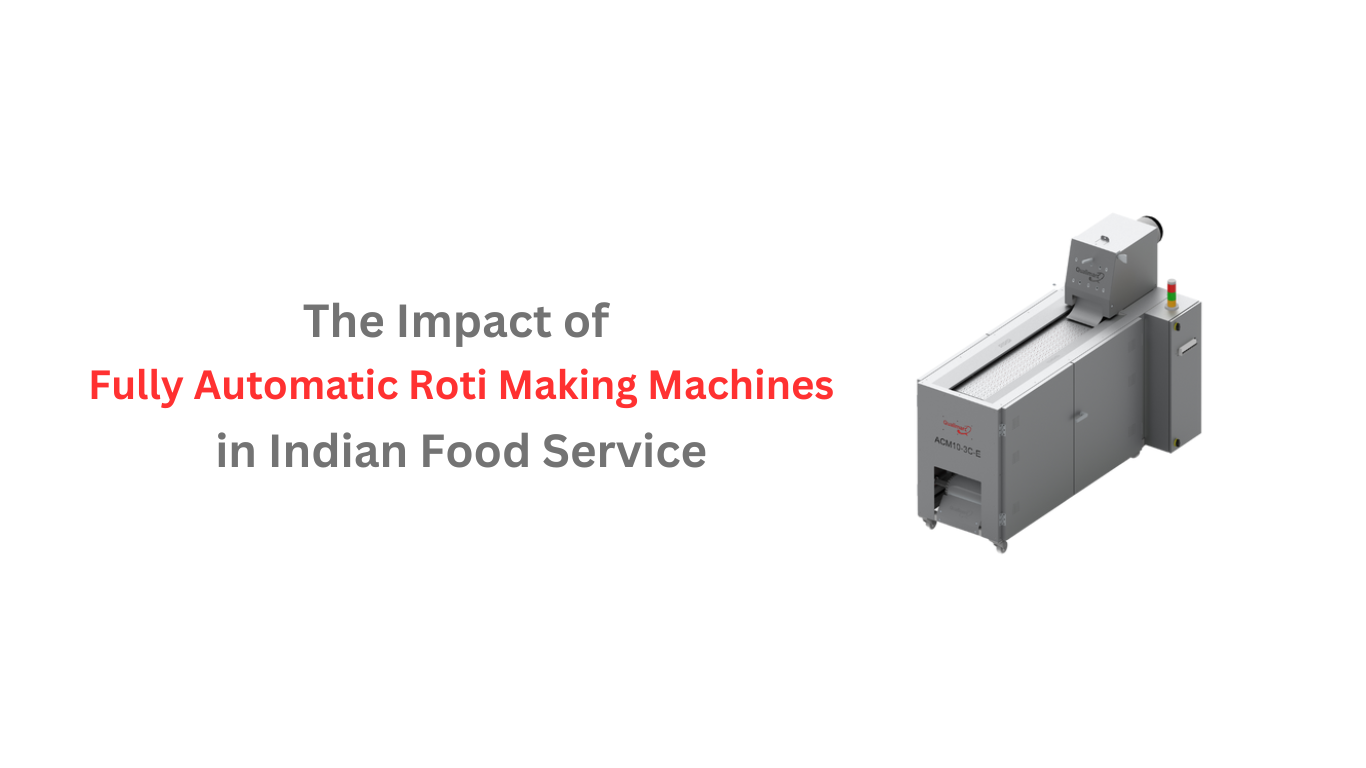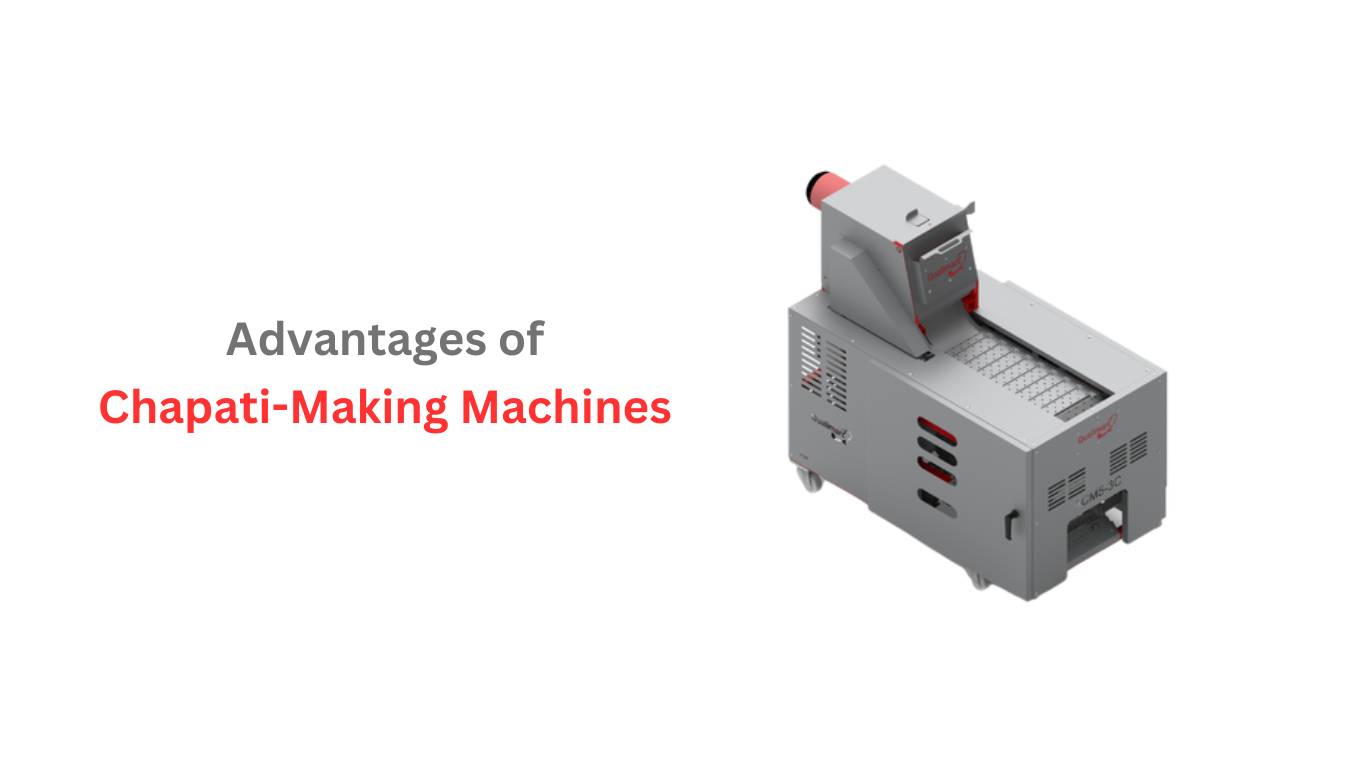Khakhra, a popular Indian flatbread known for its crispiness and versatility, has become a beloved snack for many. Making the perfect khakhra at home might seem like a daunting task, but with the assistance of a khakhra-making machine, you can elevate your culinary experience and produce consistent, crispy delights. In this blog, we unveil the secrets to achieving the perfect khakhra using a semi-automatic khakhra-making machine, sharing valuable tips and tricks to ensure success.
10 Tips For A Perfect Khakhra
Below are the top 10 tips and tricks for making a perfect khakhra –
Tip 1: Invest in a Quality automatic Khakhra-making machine
The journey to the perfect khakhra begins with choosing the right khakhra-making machine. Opt for a machine from a reputable manufacturer, known for its reliability and efficiency. Ensure that the machine offers customizable settings to adjust thickness, diameter, and cooking time, providing you with the flexibility to create khakhras according to your preferences.
Tip 2: Selecting High-Quality Ingredients
Just as in traditional khakhra making, the quality of ingredients plays a crucial role when using a machine. Choose the finest whole wheat flour, fresh water, and a pinch of salt. The use of high-quality ingredients directly influences the flavour and texture of the khakhra.
Tip 3: Mastering the Dough Preparation
While the khakhra-making machine streamlines the rolling and cooking process, the dough’s quality remains essential. Follow the recommended proportions of flour, water, and salt to create a smooth and elastic dough. Allow the dough to rest before using the machine, as this contributes to better texture and puffing during cooking.
Tip 4: Adjusting Machine Settings
Familiarise yourself with the settings of your khakhra-making machine. Most machines offer customization options for thickness, diameter, and cooking time. Experiment with these settings to find the perfect combination that suits your taste preferences. Adjusting the settings ensures that every khakhra meets your desired standards.
Tip 5: Flavor Infusion with Additives
Enhance the flavor of your khakhras by experimenting with various additives directly in the dough. Consider adding finely chopped herbs, spices, or even a touch of garlic to infuse unique flavors into your khakhras. The machine effortlessly incorporates these flavors, providing a delightful twist to the traditional snack.
Tip 6: Perfecting the Rolling Process
Although the machine automates much of the rolling process, it’s crucial to start with a well-formed dough ball. Place the dough ball in the machine’s designated area, ensuring it is centred for even rolling. This step contributes to the khakhra’s uniform thickness and overall texture.
Tip 7: Monitoring the Cooking Process
The khakhra-making machine takes care of the cooking process, but it’s important to monitor it closely. Watch for visual cues, such as the appearance of golden-brown spots on the khakhra’s surface. This indicates that the khakhra is cooking evenly and approaching perfection.
Tip 8: Puffing Technique
While the khakhra-making machine automatically presses and cooks the khakhra, you can enhance the puffing by gently pressing down on the khakhra during the cooking process. A slight press encourages puffing, creating the characteristic layers and texture of a perfect khakhra.
Tip 9: Experimenting with Toppings and Pairings
Once your khakhra is ready, elevate the experience by experimenting with toppings and pairings. Spread a layer of ghee, sprinkle chaat masala, or serve it with your favourite chutney or dip. The khakhra-making machine provides a canvas for culinary creativity.
Tip 10: Storage for Freshness
Preserve the freshness and crispiness of your khakhras by storing them in an airtight container once they have cooled completely. Adding a silica gel packet can help absorb any moisture, ensuring that your khakhras maintain their delightful crunch.
Conclusion
In conclusion, the secrets of a perfect khakhra with a khakhra-making machine lie in the thoughtful selection of ingredients, mastering the dough, understanding machine settings, and experimenting with flavors. With these tips and tricks, you can embark on a culinary journey, creating consistent and delicious khakhras that delight your taste buds. So, let your khakhra-making machine be your ally in the kitchen, simplifying the process while maintaining the authenticity and flavor of this beloved Indian snack. Happy khakhra making!


